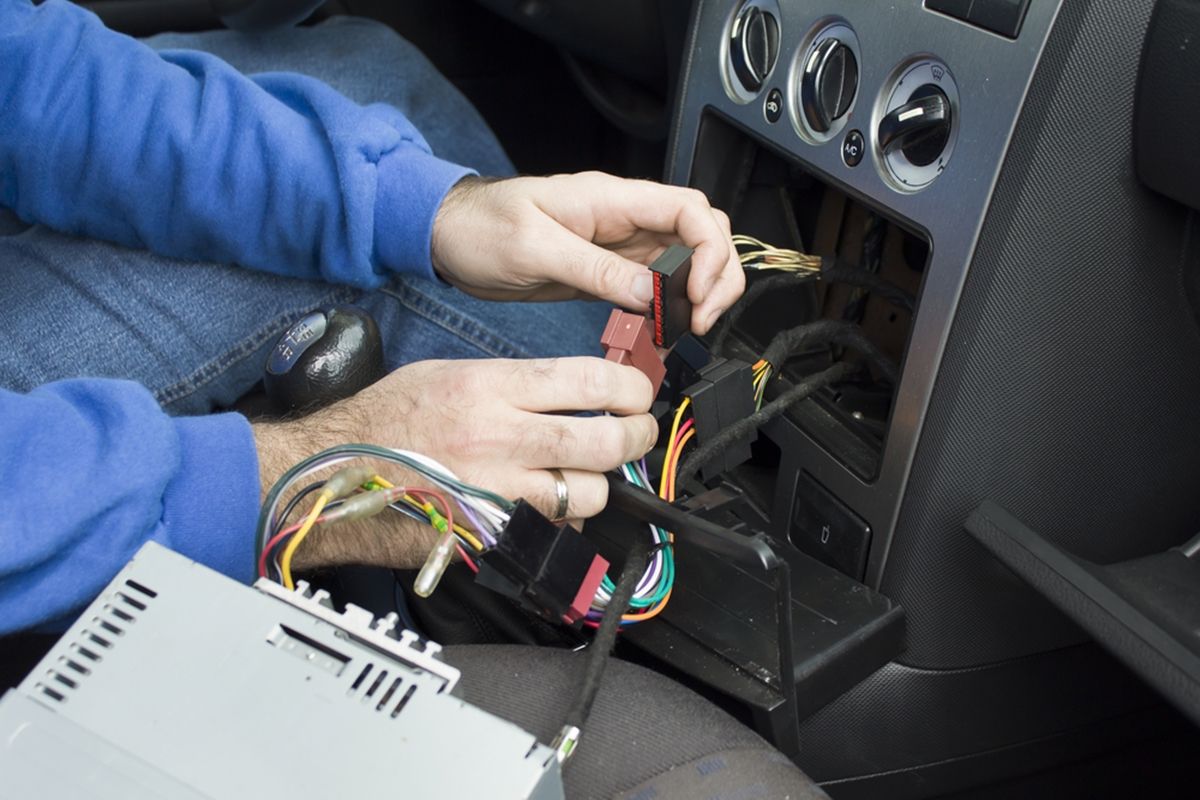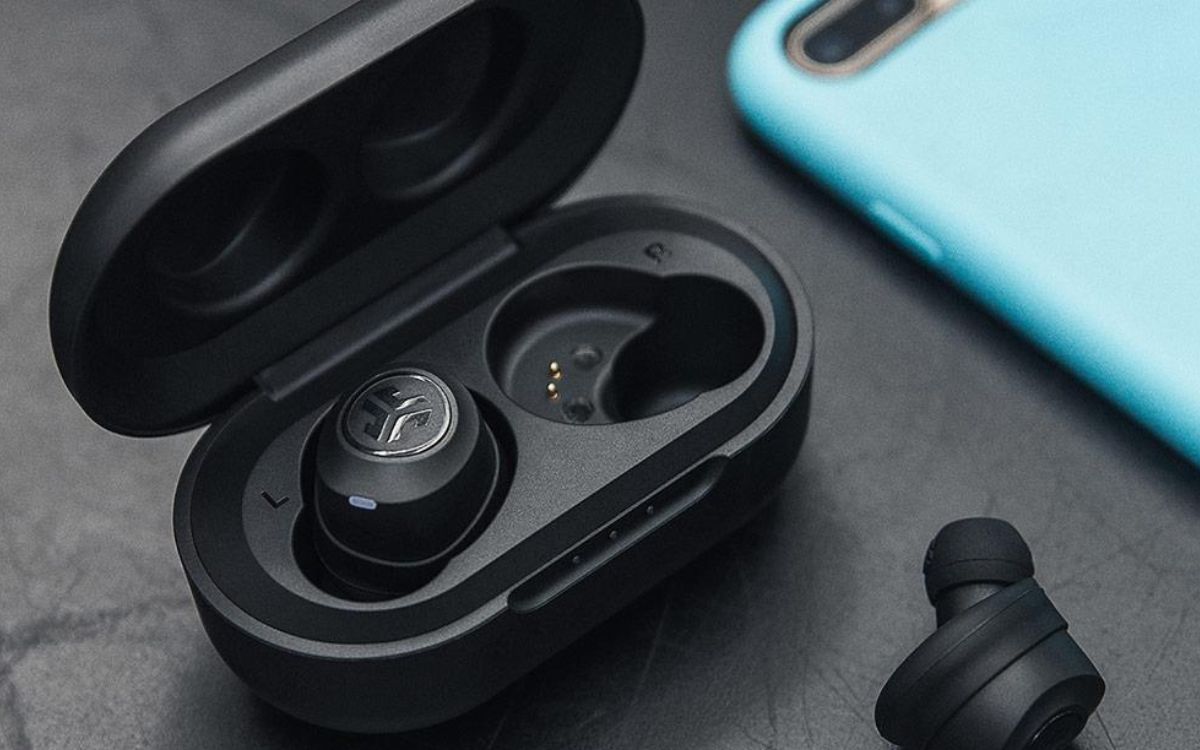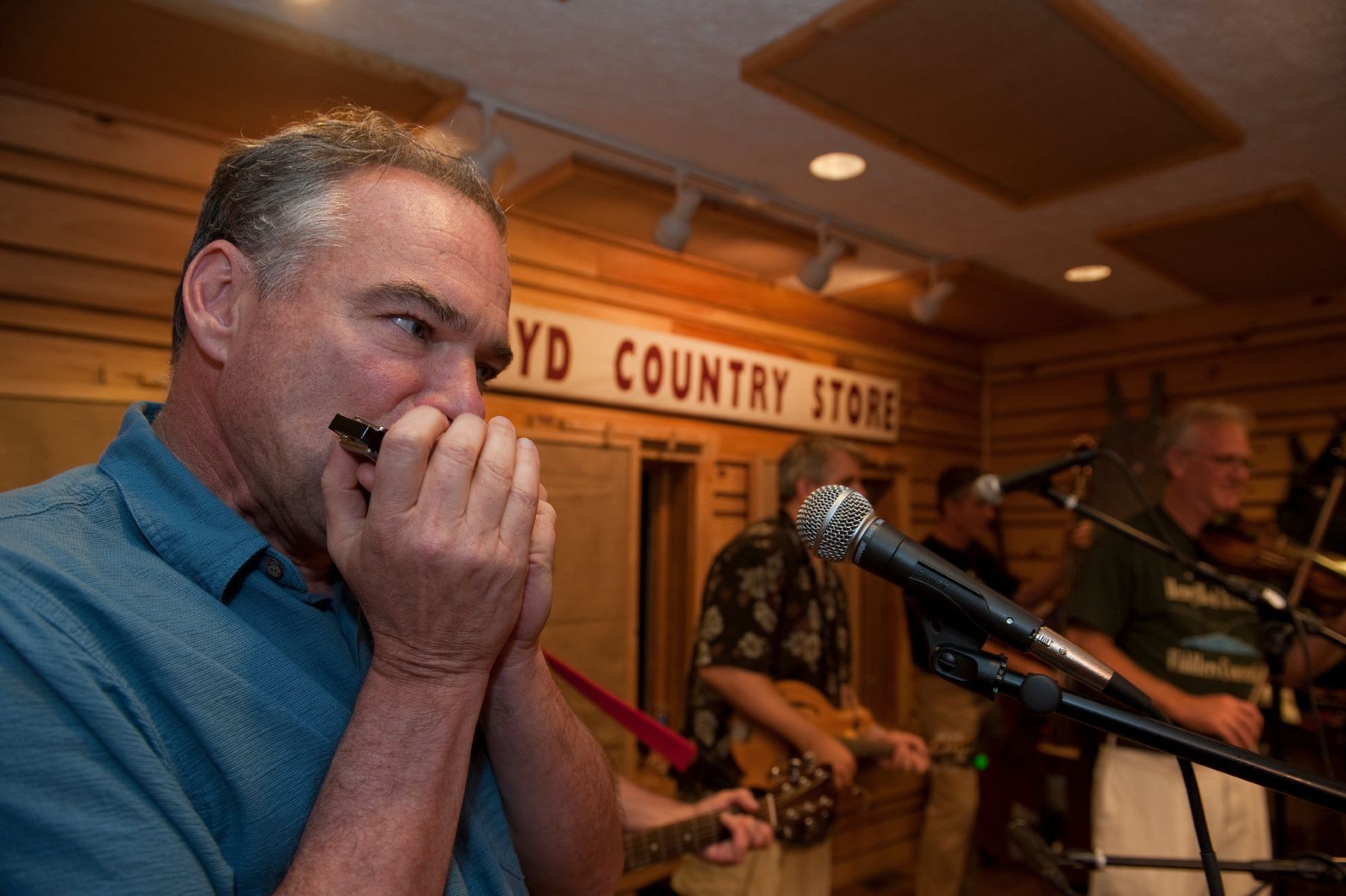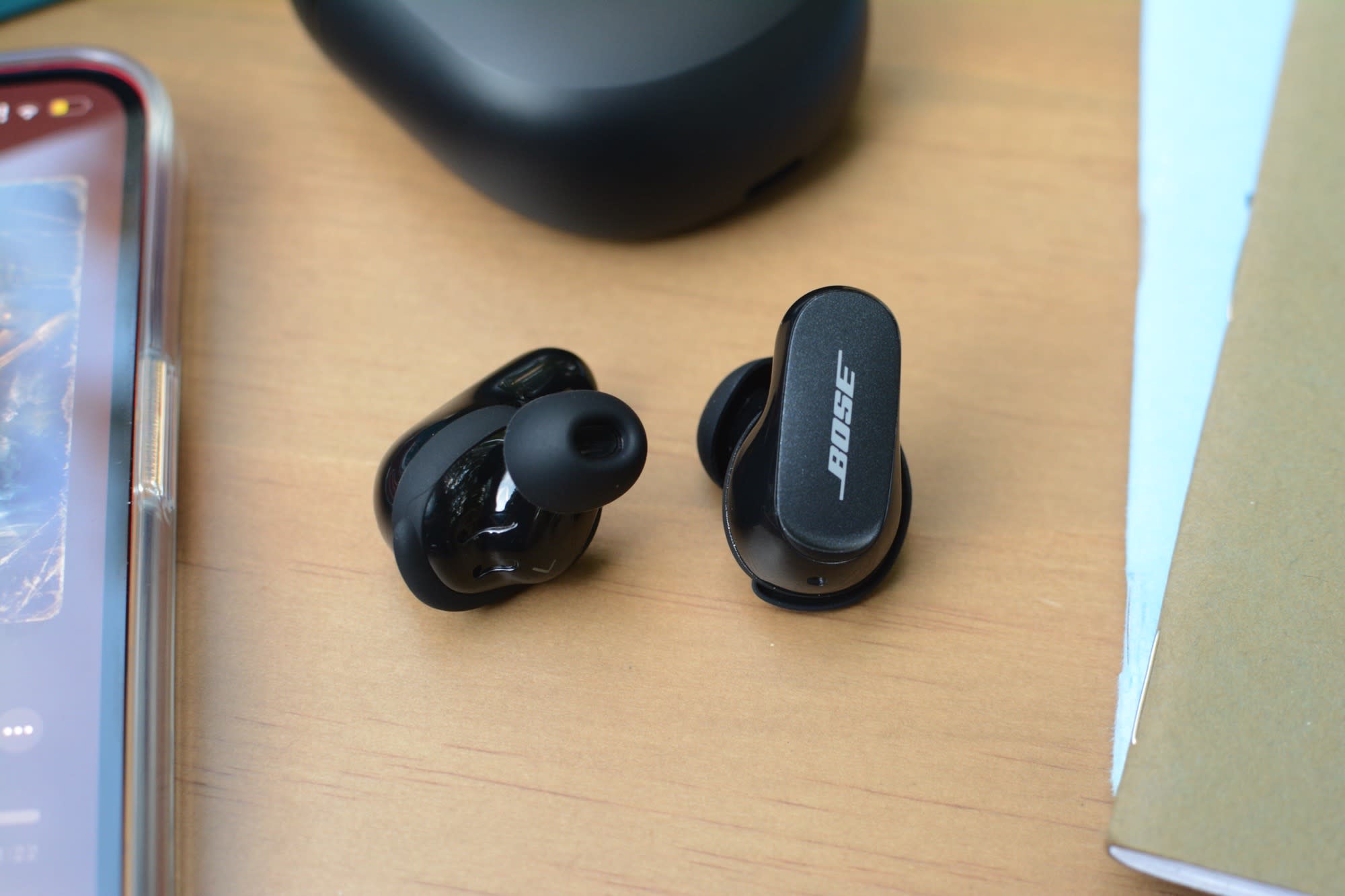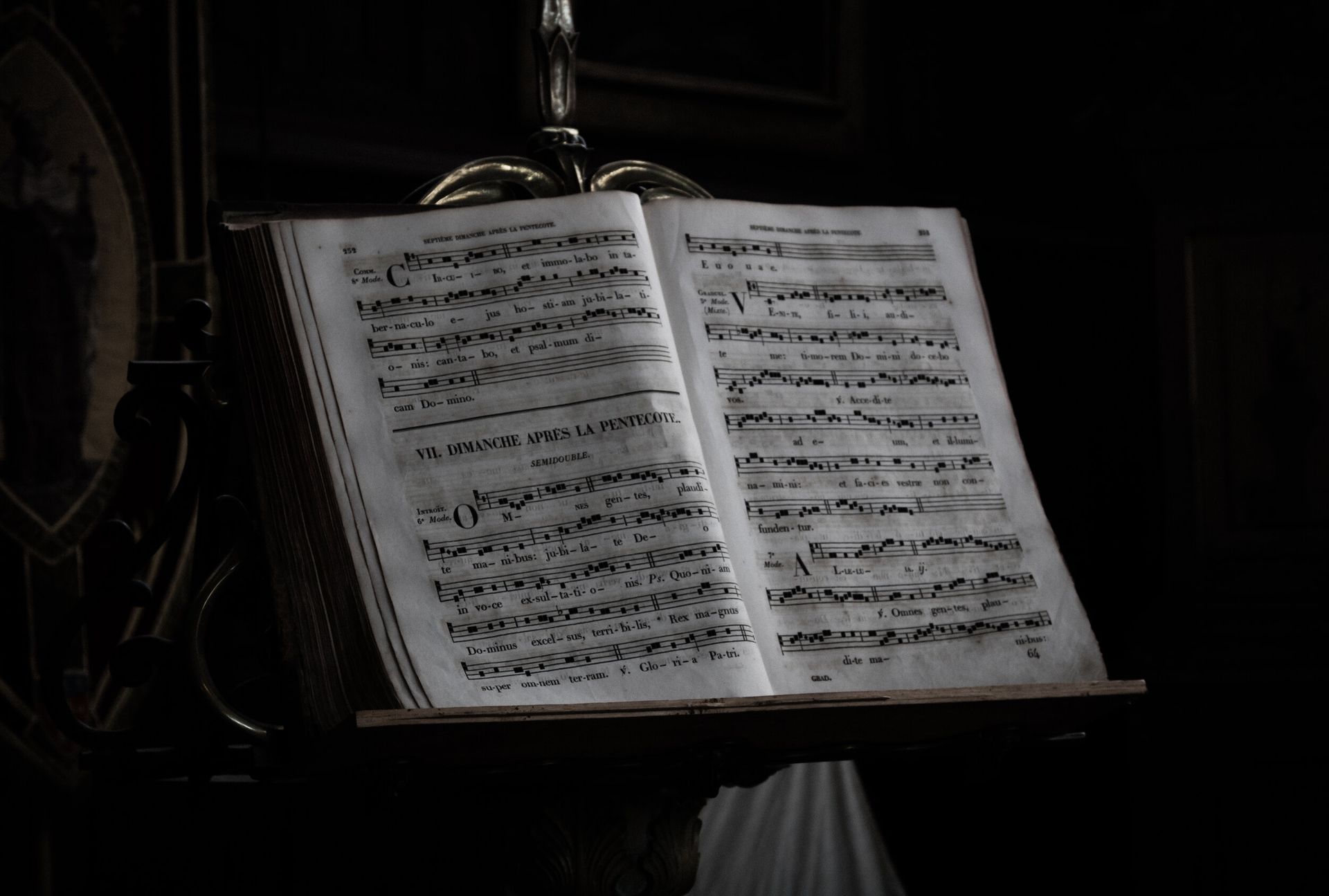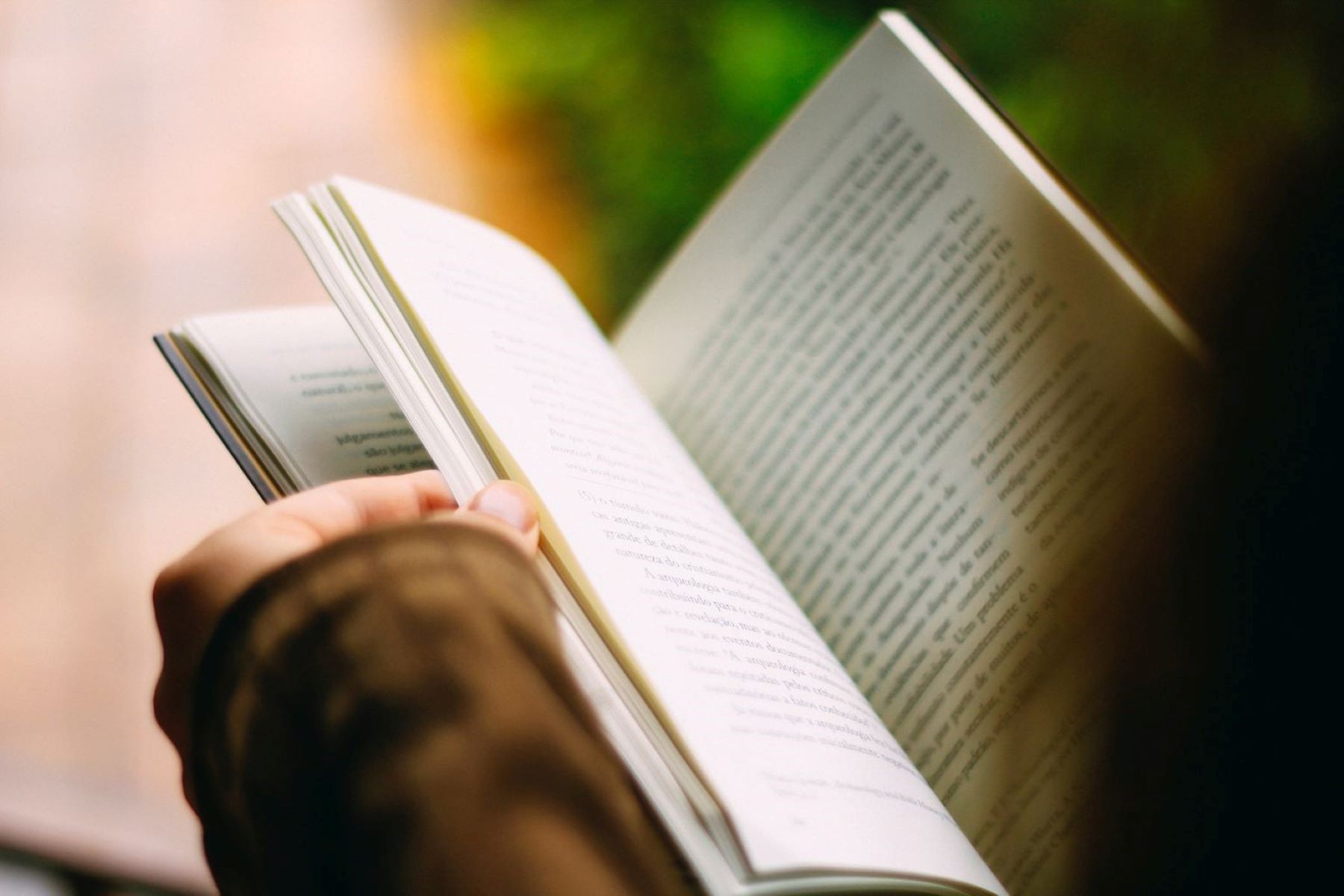Home>Instruments>Harmonica>How Long Does It Take To Learn Harmonica


Harmonica
How Long Does It Take To Learn Harmonica
Published: February 3, 2024
Learn how long it takes to master the harmonica. Get expert tips, techniques, and practice strategies to become proficient in playing the harmonica.
(Many of the links in this article redirect to a specific reviewed product. Your purchase of these products through affiliate links helps to generate commission for AudioLover.com, at no extra cost. Learn more)
Table of Contents
Introduction
Learning to play the harmonica is a rewarding and enriching experience. Whether you want to impress your friends with a catchy tune or delve into the world of blues and folk music, the harmonica can be your faithful companion. Not only is it a versatile and portable instrument, but it also offers a unique sound that can captivate listeners of all ages.
In this article, we will explore the fascinating journey of learning the harmonica – from the basic techniques to the more advanced skills. We will discuss the benefits of playing the harmonica, the factors that can affect the learning process, recommended learning resources, and provide a beginner’s learning plan to get you started on the right track. Additionally, we will share some advanced learning techniques and answer some commonly asked questions to further enhance your harmonica knowledge.
Whether you’re a complete beginner or already have some experience playing the instrument, this article will serve as a comprehensive guide to help you navigate your harmonica learning journey. So, grab your harmonica and let’s dive in!
Benefits of Learning Harmonica
Learning to play the harmonica offers a wide range of benefits that extend beyond simply acquiring a new skill. Here are some of the key advantages of learning the harmonica:
- Portable Instrument: One of the major advantages of the harmonica is its portability. It can easily fit in your pocket, allowing you to practice and play music wherever you go. Whether you’re on a hiking trip, sitting in a park, or commuting on a train, you can always have your harmonica with you to enjoy playing music.
- Stress Relief: Playing the harmonica can be a great way to unwind and relieve stress. The rhythmic breathing and the focus required to produce different sounds can help you relax and clear your mind.
- Improved Respiratory Health: Playing the harmonica involves deep breathing exercises, which can improve lung health and increase lung capacity. Regular practice can help strengthen your respiratory muscles and enhance your overall breathing control.
- Improved Hand-Eye Coordination: Manipulating the harmonica’s holes and producing different notes requires precise hand-eye coordination. As you practice, your coordination skills will improve, leading to better motor skills and dexterity.
- Enhanced Musicality: Learning to play the harmonica can boost your musicality and ear training skills. You will develop a deeper understanding of melody, rhythm, and improvisation, which can be applied to other musical instruments as well.
- Expressive Outlet: The harmonica allows you to express your emotions and creativity through music. Whether you’re playing soulful blues or upbeat folk tunes, the harmonica offers a wide range of expressive possibilities.
- Community Engagement: The harmonica community is vast and welcoming. By learning the harmonica, you can connect with fellow harmonica players, participate in jam sessions, and even join harmonica clubs or online forums. It provides an excellent opportunity to expand your social circle and share your musical passion.
These are just a few of the many benefits of learning the harmonica. So, pick up a harmonica, embrace the joy of playing music, and experience the numerous rewards it offers.
Factors Affecting Learning Time
The time it takes to learn the harmonica can vary from person to person, depending on several factors. Here are some key factors that can influence the learning time:
- Prior Musical Experience: If you have previous experience with music, such as playing another instrument or having basic music theory knowledge, you may find it easier to pick up the harmonica. Familiarity with musical concepts and rhythms can accelerate your learning process.
- Practice Consistency: The amount of time and effort you dedicate to practicing the harmonica plays a crucial role in your progress. Regular practice, even in short sessions, is more effective than sporadic and irregular practice sessions. Aim for at least 15-30 minutes of daily practice to see significant improvement.
- Dedication and Motivation: Your commitment and enthusiasm for learning the harmonica can greatly impact your progress. Having a strong desire to improve and a passion for the instrument will drive you to practice consistently and overcome challenges.
- Learning Resources: The quality and accessibility of the learning resources you utilize are essential. A well-structured beginner’s guide, instructional videos, online tutorials, and reputable harmonica learning websites can provide clear guidance and accelerate your learning process.
- Instruction or Guidance: While it is possible to learn the harmonica on your own, having a knowledgeable teacher or mentor can significantly expedite your learning. They can provide personalized feedback, correct your technique, and introduce advanced techniques that may otherwise take longer to grasp.
- Learning Style and Aptitude: Different individuals have different learning styles and aptitudes. Some may learn faster by watching and imitating, while others may prefer written instructions or a combination of visual and auditory learning. Understanding your preferred learning style can help you find resources and techniques that align with your learning style.
- Complexity of Music Styles: The difficulty level of the music styles you choose to play can affect your learning time. Simple melodies and basic harmonica techniques can be learned relatively quickly, while more intricate music styles like jazz or advanced techniques like bending notes may require more time and practice.
It’s important to remember that learning any new skill, including the harmonica, takes time and patience. Embrace the learning process, set realistic goals, and enjoy the journey of discovering a new musical language with the harmonica.
Basic Techniques and Skills Required
Learning the basic techniques and skills of the harmonica is crucial for building a strong foundation. Here are the essential techniques you need to master when starting your harmonica journey:
- Breathing: The harmonica is a wind instrument, and understanding proper breathing techniques is essential. Practice diaphragmatic breathing, inhaling and exhaling through your diaphragm, to produce consistent and controlled airflow.
- Lip Positioning: Position your lips gently around the harmonica, creating an airtight seal to prevent air leakage. Experiment with different lip placements to find the most comfortable and resonant position.
- Single Notes: The ability to play single notes instead of multiple notes at once is crucial for playing melodies. Practice isolating single holes and producing clear, distinct notes. Start with the middle range notes and gradually work your way to the higher and lower ones.
- Tongue Blocking: Tongue blocking involves blocking multiple holes with your tongue while playing specific notes. It allows you to produce chords, bends, and various effects. Mastering this technique expands your harmonic playing possibilities.
- Bending Notes: Bending notes adds expressive qualities to your playing. It involves lowering the pitch of a note by altering your mouth shape and manipulating the airflow. Start with bending the draw notes (inhaling) before moving on to bending the blow notes (exhaling).
- Vibrato: Vibrato is a controlled fluctuation of pitch that adds richness and emotion to your playing. Experiment with different vibrato techniques, such as lip vibrato or hand vibrato, to add depth to your harmonica melodies.
- Tongue Blocking and Octaves: Tongue blocking can be used to play octaves, which create a fuller and richer sound. Mastering this technique involves blocking two or more holes with your tongue and playing two notes at once.
- Rhythm and Timing: Developing a good sense of rhythm and timing is essential for playing music. Practice playing along with a metronome or backing tracks to improve your timing and groove.
Remember that mastering these techniques takes time and practice. Start with the basics, focus on building a strong foundation, and gradually incorporate more advanced techniques into your playing.
Additionally, as a beginner, it’s recommended to start with a diatonic harmonica in the key of C, as it is the most commonly used and versatile harmonica for various music styles.
Recommended Learning Resources
Having the right learning resources can greatly enhance your harmonica learning journey. Here are some recommended resources to help you get started:
- Hohner Beginner’s Harmonica: Start with a quality diatonic harmonica in the key of C, such as the Hohner Special 20 or Hohner Marine Band. These harmonicas are widely recommended for beginners due to their excellent sound and durability.
- Online Harmonica Lessons: Numerous websites offer comprehensive online harmonica lessons. Websites like Harmonica.com, Harmonica Academy, and BluesHarmonica.com provide structured lessons for beginners and advanced players alike. These resources often include video tutorials, tablature, and interactive learning materials.
- Harmonica Method Books: Method books can be a valuable resource for learning harmonica techniques and theory. Books like “Harmonica For Dummies” by Winslow Yerxa and “Harmonica Primer” by Tom Wolf are highly recommended for self-learning and cover a wide range of topics, from basic techniques to advanced skills.
- YouTube Tutorials: YouTube is a treasure trove of harmonica tutorials and lessons. Channels like Tomlin Leckie, Adam Gussow, and Jon Gindick offer free tutorials and tips for harmonica players of all levels. Explore different channels and find instructors whose teaching style resonates with you.
- Harmonica Apps: There are several mobile apps available that provide harmonica lessons and interactive learning experiences. Apps like “Harmonica Lessons+” and “Harmonica – Play Music” offer lessons, songs, and practice exercises to help you improve your playing skills on the go.
- Online Forums and Communities: Engaging with the harmonica community can provide valuable support and resources. Join online forums like HarmonicaSpace.com or the Harmonica Reddit community to connect with fellow players, ask questions, and share your progress.
Remember to take advantage of these resources but also seek to balance self-study with practical application. Experiment with different resources, find what works best for you, and tailor your learning experience to suit your needs and goals.
As your skills progress, you may also consider seeking guidance from harmonica teachers or attending workshops and harmonica festivals to further expand your knowledge and network with other harmonica enthusiasts.
Beginner’s Learning Plan
If you’re just starting your harmonica journey, following a structured learning plan can help you progress steadily and build a solid foundation. Here’s a beginner’s learning plan to get you started:
- Get familiar with the harmonica: Spend some time getting comfortable with your harmonica. Familiarize yourself with the layout of the instrument, the different holes, and how to hold it properly.
- Learn proper breathing technique: Begin by practicing deep diaphragmatic breathing and learning how to control your airflow. Practice inhaling and exhaling through the harmonica, focusing on producing clear and consistent notes.
- Start with single notes: Work on playing individual notes by isolating each hole. Practice playing a scale up and down the harmonica, focusing on producing clean and distinct notes.
- Explore simple melodies: Once you feel comfortable with single notes, start learning simple melodies. Look for beginner-friendly songs or tutorials that provide step-by-step guidance on playing familiar tunes.
- Practice your rhythm and timing: Develop your sense of rhythm by practicing playing along with a metronome, backing tracks, or even with your favorite songs. Focus on maintaining a steady beat and playing in sync with the rhythm.
- Learn bending notes: As you progress, start exploring bending notes to add expression to your playing. Start with bending draw notes and gradually work on bending blow notes. Practice different bending techniques and gradually incorporate them into your playing.
- Experiment with tongue blocking and chords: Begin practicing tongue blocking to play chords and create fuller sounds. Experiment with blocking multiple holes with your tongue to play octaves and different chord combinations.
- Expand your repertoire: As you become more comfortable with the basics, start expanding your repertoire. Learn new songs, explore different music styles, and challenge yourself with more complex melodies and techniques.
- Seek guidance and feedback: Consider taking lessons from a harmonica teacher or joining a harmonica workshop to receive personalized guidance and feedback. This can help refine your technique, address any challenges, and accelerate your progress.
- Join a harmonica community: Engage with other harmonica players by joining online forums or local harmonica clubs. Sharing your progress, asking questions, and connecting with fellow enthusiasts can provide valuable support and motivation.
Remember to always practice regularly and be patient with yourself. Learning the harmonica is a journey, and progress comes with consistent effort. Enjoy the process, celebrate small victories, and embrace the joy that playing the harmonica can bring.
Advanced Learning Techniques
Once you have a solid foundation in the basic techniques of playing the harmonica, you may be ready to explore more advanced techniques and take your playing to the next level. Here are some advanced learning techniques to consider:
- Bending Techniques: Dive deeper into bending notes and explore different types of bends, such as overbends and half-valve bends. Mastering advanced bending techniques allows you to achieve greater tonal control and expressiveness in your playing.
- Cross Harp Technique: Cross harp, also known as second position, is a popular technique used in blues, rock, and country music. It involves playing a harmonica in a key that is different from the key of the song, creating a unique and bluesy sound.
- Tongue Articulation: Experiment with different tongue articulation techniques to add rhythmic effects and varied articulation to your playing. Techniques such as tongue slaps, tongue switches, and tongue fluttering can add a distinct flavor to your harmonica performance.
- Overblows and Overdraws: These techniques allow you to play additional chromatic notes on a diatonic harmonica. Overblows and overdraws can expand your musical possibilities and enable you to play chromatic scales and melodies without switching harmonicas.
- Harmonica Effects: Explore various effects that can be created on the harmonica, such as wah-wah, vibrato, trills, and tongue blocks. These techniques can add texture and character to your playing, making your harmonica sound more expressive and dynamic.
- Bending in Multiple Octaves: Work on bending notes in different octaves on the harmonica. This skill allows you to produce rich and intricate melodies, giving your playing depth and complexity.
- Advanced Rhythms and Grooves: Challenge yourself with complex rhythms and syncopated patterns. Practice incorporating different rhythmic techniques, such as double stops, stutters, and tongue slaps, into your playing to create impressive rhythmic patterns.
- Blues and Jazz Improvisation: Explore the art of improvisation in the blues and jazz genres. Learn scales, chord progressions, and develop your ear to improvise melodies and solos on the harmonica. This skill opens up a world of creative possibilities.
- Experiment with Different Harmonica Types and Keys: Expand your collection of harmonicas and explore playing in different keys. Each key offers unique tonalities and challenges, allowing you to expand your musical versatility.
As you dive into advanced techniques, it’s important to continue practicing regularly and be patient with yourself. These skills may take time and dedication to develop. Keep learning from resources like advanced method books, online tutorials, and seek guidance from experienced harmonica players or teachers who can provide valuable insights and feedback.
Remember, the harmonica is a lifelong journey of discovery. Embrace the joy of exploring new techniques, genres, and pushing your own musical boundaries.
Frequently Asked Questions
Here are some commonly asked questions about learning the harmonica:
- How long does it take to learn harmonica?
- Do I need any musical background to learn harmonica?
- Can I learn the harmonica on my own?
- Which type of harmonica is best for beginners?
- How often should I practice?
- How can I improve my bending technique?
- Can I play different genres of music on the harmonica?
- How do I take care of my harmonica?
The time it takes to learn the harmonica varies from person to person. With consistent practice and dedication, you can start playing simple melodies within a few weeks or months. As with any instrument, mastery comes with time and experience.
No, you don’t need any prior musical experience to learn the harmonica. It is an accessible instrument for beginners and can be learned by anyone willing to put in the time and effort. However, having some knowledge of music theory can be beneficial for understanding concepts such as scales and chord progressions.
Yes, learning the harmonica is possible through self-study. There are plenty of online tutorials, instructional videos, and books available to guide you. However, having a harmonica teacher or joining a harmonica workshop can provide valuable feedback and accelerate your learning process.
A diatonic harmonica in the key of C is often recommended for beginners. It is versatile and widely used for various music styles. Quality brands like Hohner and Seydel offer beginner-friendly harmonicas that produce consistent sound and are suitable for learning.
Consistency is key when learning the harmonica. Aim to practice for at least 15-30 minutes every day. Shorter, focused practice sessions are more effective than sporadic, lengthy sessions. Regular practice helps build muscle memory and allows you to progress faster.
Bending notes on the harmonica requires practice and patience. Start by focusing on bending draw notes (inhaling) before moving on to blow notes (exhaling). Experiment with different mouth and tongue techniques, practice control over your diaphragmatic breathing, and gradually increase your bending range.
Absolutely! The harmonica is a versatile instrument that can be played in various genres such as blues, folk, rock, jazz, and even classical music. Experiment with different music styles and techniques to find what resonates with you.
To keep your harmonica in good condition, rinse it with water after each playing session to remove any saliva or debris. Store it in a clean, dry place, away from extreme temperatures and humidity. Occasional maintenance like replacing reeds or cleaning the harmonica may be required, depending on use.
These are just a few of the many questions that arise when starting the harmonica journey. Remember, every player’s experience is unique, so don’t hesitate to seek advice, explore resources, and enjoy the process of learning and playing the harmonica.
Conclusion
Congratulations! You have reached the end of this comprehensive guide to learning the harmonica. We have explored the benefits of playing this versatile instrument, the factors that can affect learning time, the basic techniques and skills required, recommended learning resources, a beginner’s learning plan, advanced learning techniques, and answered some frequently asked questions.
Learning the harmonica is a journey that offers countless rewards. It provides not only a creative outlet but also numerous physical, emotional, and social benefits. As you progress on your harmonica journey, remember to embrace the joy of playing music, challenge yourself with new techniques and genres, and connect with the harmonica community.
Whether you’re a beginner or an advanced player, investing time and effort into practicing and honing your skills will surely pay off. Take advantage of the recommended learning resources, seek guidance when needed, and enjoy the process of discovering new sounds and musical possibilities.
So, grab your harmonica, take a deep breath, and let the captivating sounds of this humble instrument fill the air. With dedication, practice, and a passion for music, you can achieve great heights on your harmonica journey. Happy playing!

